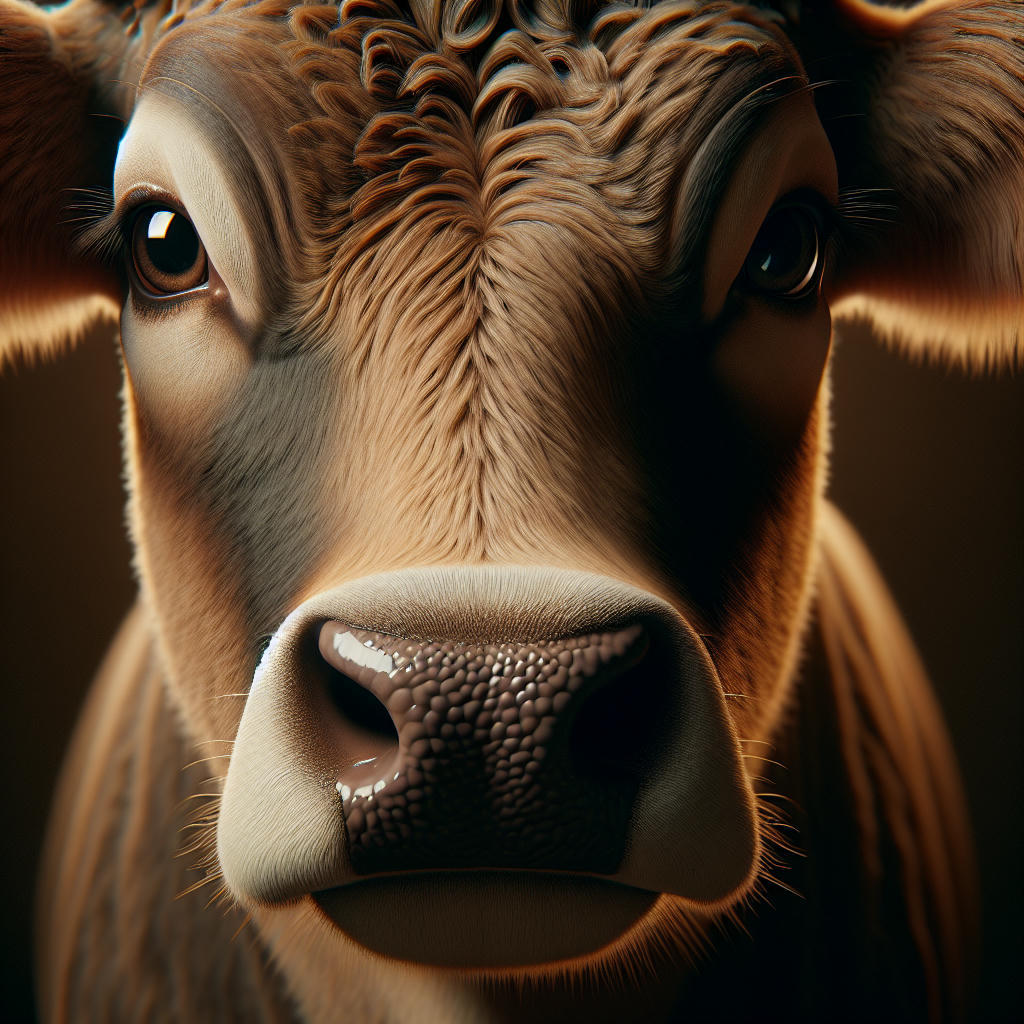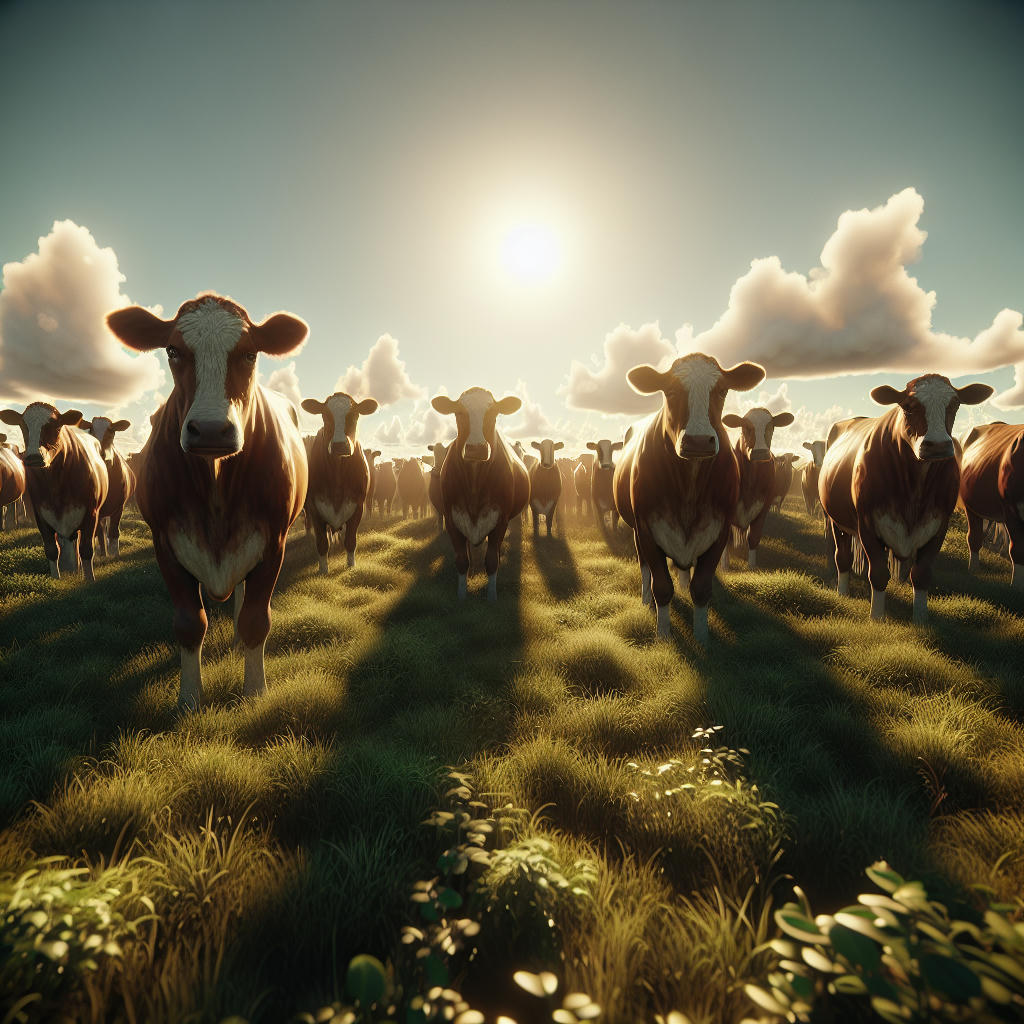The rolling hills of the countryside, the green pastures, and the gentle lowing of cows – it's a quintessential scene of rural tranquility. But have you ever stopped to think about the language of cows? Specifically, the iconic "moo" that has become synonymous with these gentle creatures? It's a sound that's both familiar and mysterious, evoking a sense of curiosity and wonder. In this article, we'll delve into the world of cow communication, exploring the intricacies of their language and the secrets behind the humble "moo".
Cows communicate in a variety of ways, including vocalizations, body language, and even scent marking. But it's the vocalizations that are perhaps the most fascinating aspect of their language. A cow's moo can convey a range of emotions and needs, from hunger and thirst to stress and contentment. Research has shown that cows have a unique vocal fingerprint, much like human fingerprints, which allows them to identify one another.
In fact, studies have revealed that cows are able to recognize and respond to the moos of their herd mates, even when they're separated by distance. This complex social network is built on a foundation of vocal communication, with cows using their moos to maintain social bonds and coordinate behavior.
But what about the different types of moos? Do cows have a vocabulary, or is it simply a matter of varying pitch and tone? Researchers have identified several distinct types of moos, including:
Contact calls: used to maintain contact with other cows, often accompanied by a gentle lowing sound
Alarm calls: loud, high-pitched moos used to alert others to potential threats
Maternal calls: soft, soothing moos used by mothers to communicate with their calves
Social calls: used to initiate or maintain social interactions, often accompanied by body language cues
The complexity of cow language is a testament to their intelligence and social sophistication. These animals are capable of complex problem-solving, learning, and even empathy. In fact, studies have shown that cows are able to recognize and respond to the emotional states of their herd mates, providing comfort and support when needed.
As we continue to learn more about the secret language of cows, we're reminded of the importance of empathy and understanding in our own relationships. By recognizing the complexity and nuance of animal communication, we're encouraged to reevaluate our own interactions and to approach each other with greater compassion and respect.
In the end, the humble "moo" is more than just a sound – it's a window into the intricate social world of cows, a reminder of the beauty and complexity of animal communication. As we continue to explore and learn more about the secret language of cows, we're inspired to appreciate the beauty and wonder of the natural world, and to approach each other with greater empathy and understanding.


